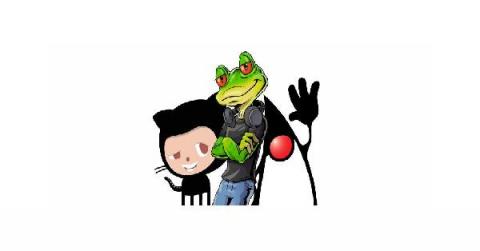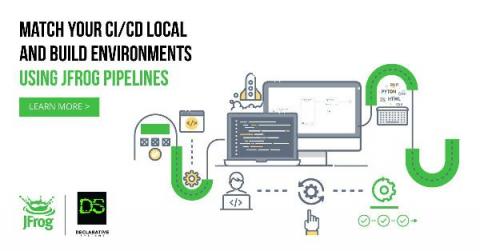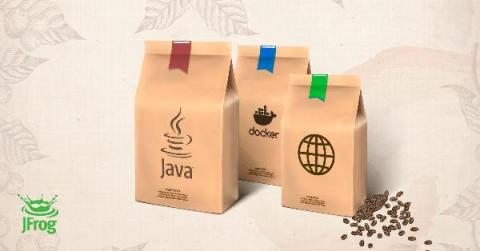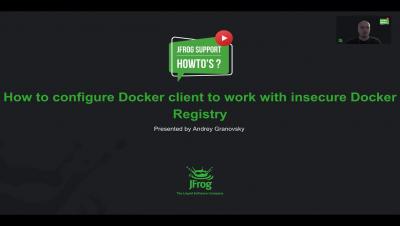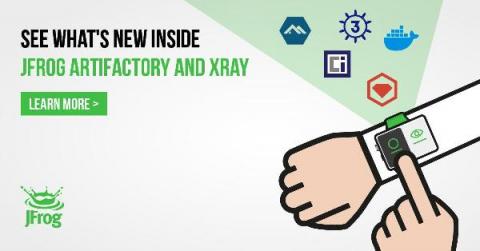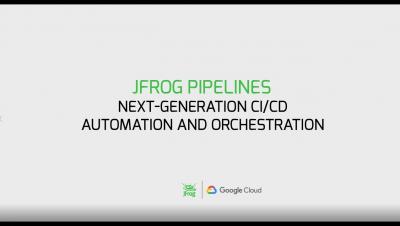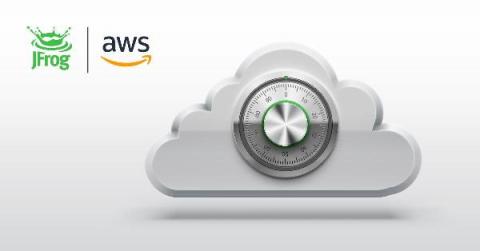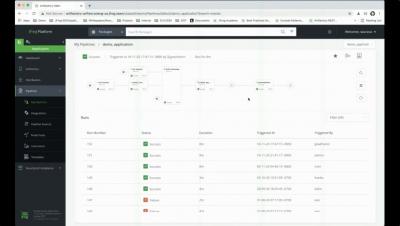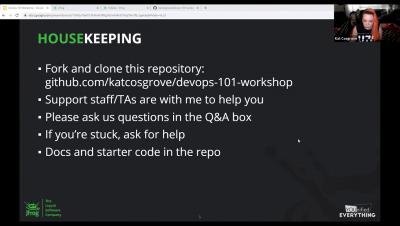Java 16 Commits to Git and GitHub: A Personal Reflection
I was introduced to Git and GitHub in May of 2014 – just shy of 10 years since Git was created in 2005. That same day I was also handed a MacBook Pro laptop and an IntelliJ license, the main tools with which I was to begin my new role as a developer in a new position at a new company. It all sounds lovely, right?


